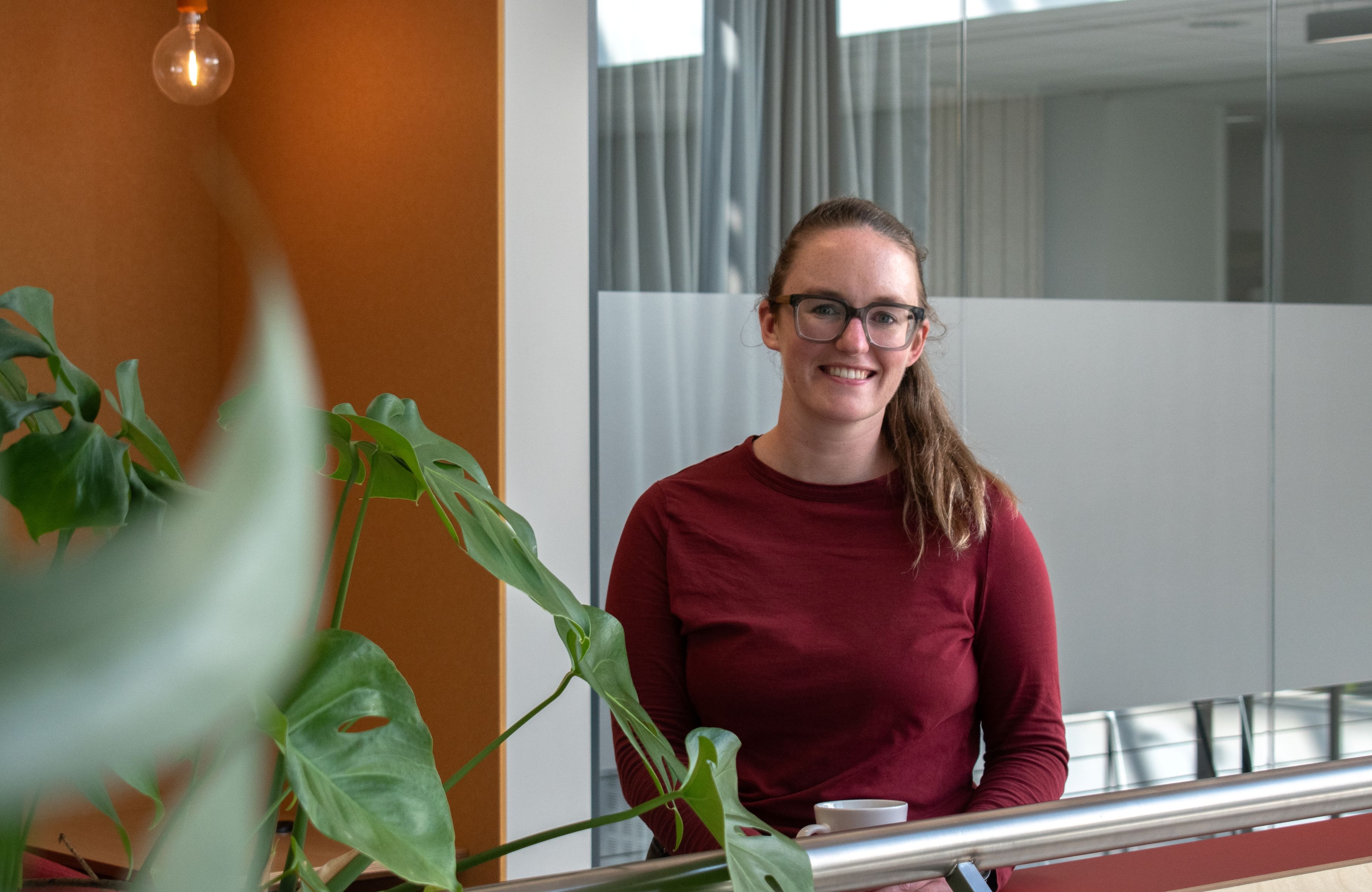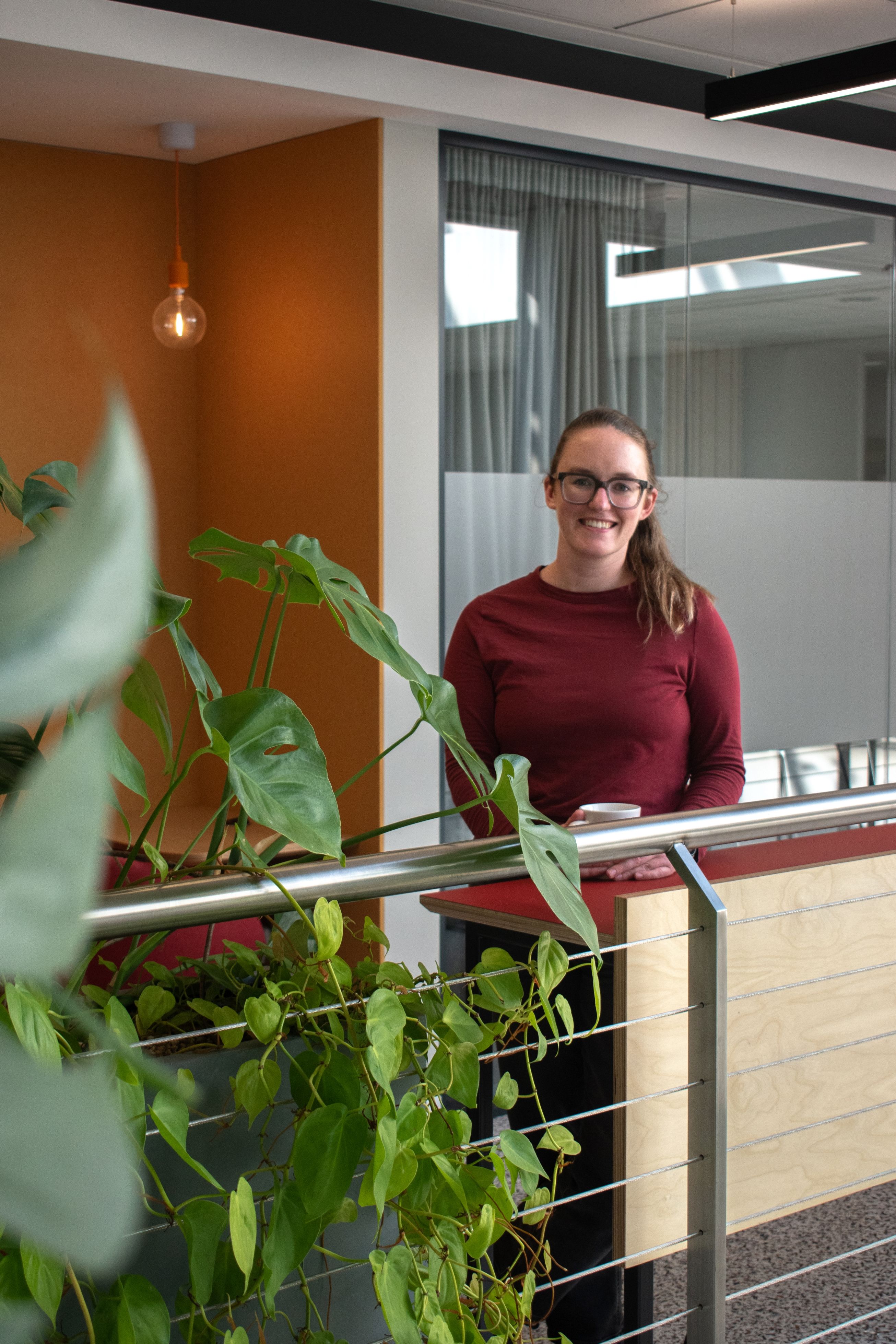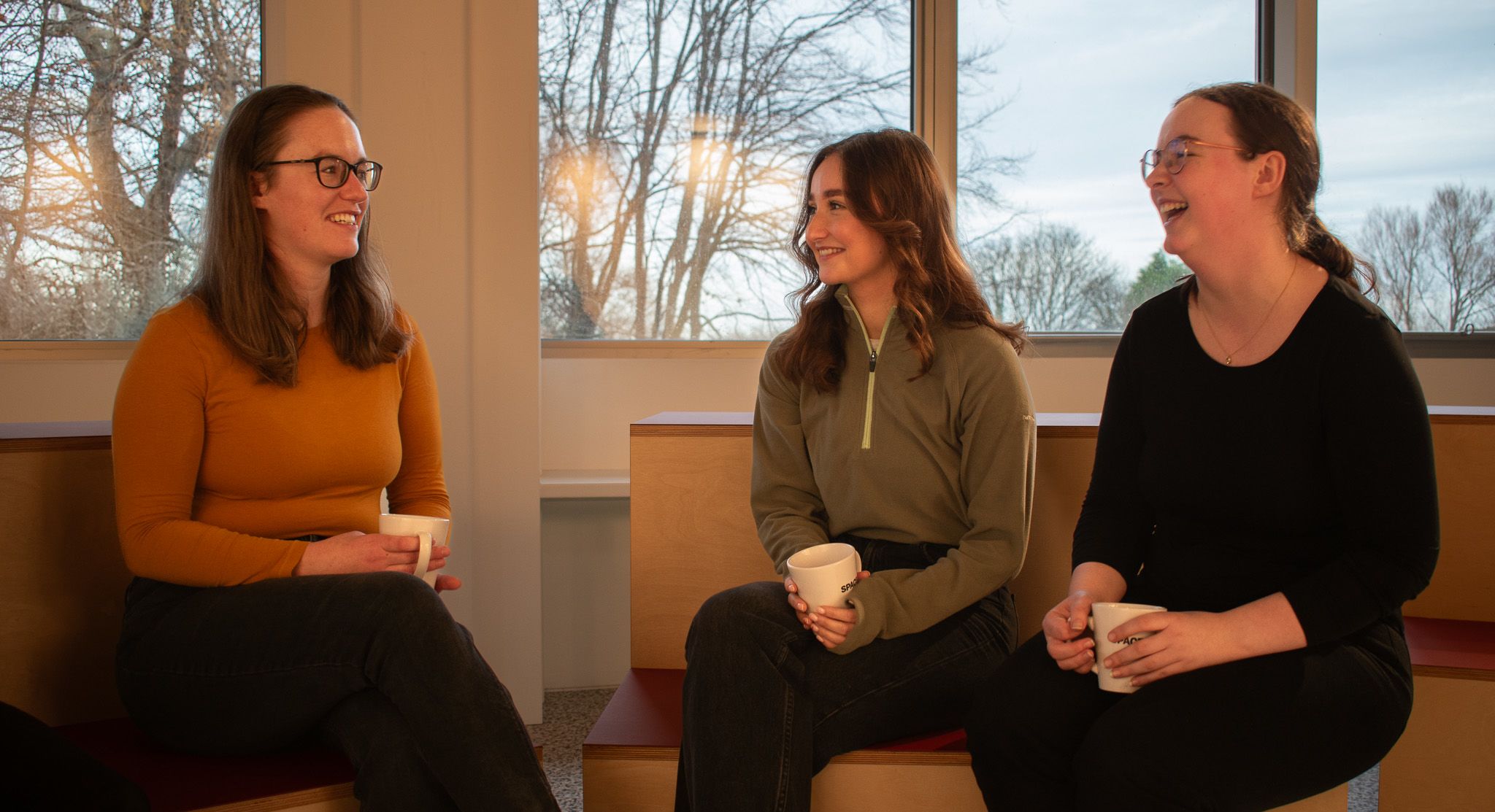

On this topic, Catherine stated, " Being able to lead my own project and develop a research strategy has been invaluable preparation for this role. I have Rob and Chris to consult with, but I’m the one bringing forward the strategy and exploring where we should go next, based on the needs of the practice and where we can make the greatest difference. There is a real sense of trust in this work, and it feels full of opportunity.”
While looking into workflows during her KTP, Catherine realised that many available tools were overly complicated and time-consuming to use, often focussing on the later project stages rather than integrating reduction measures from the earliest design phase. This gap led to the development of D-CARB, a simpler, more accessible tool that brings carbon thinking into the earliest stages of architecture.
A regular speaker at our annual _shift climate conference, Catherine will return to the stage this year to introduce the D-CARB tool. Her talk will focus on its development journey, from the early concept through to its latest advances in design and usability.
As Head of Research, Catherine is eager to deepen her work and help drive meaningful progress within the practice and across the built environment. Her plan is to get involved in a range of different research projects with other academics and professionals in the sector. Catherine adds,“I think Head of Research is a really exciting role. I qualified as an architect a few years ago, and this has taken me in a direction I didn’t originally expect, but one I’m genuinely proud of. It’s given me a platform to make a real impact. I’ve always been curious about new ideas and ways of working, so if we can continue to build on that, it will be fantastic. I’m excited to see where it goes, because even in the two years of the KTP, you can already see the difference it’s made.”

